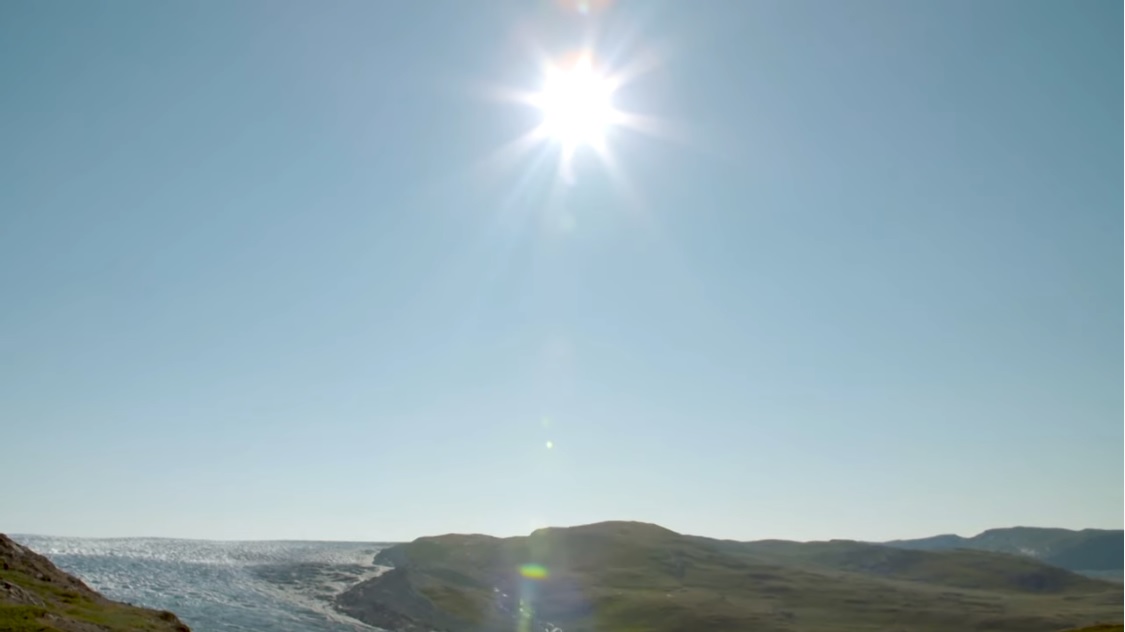The Arctic has a cold climate. This is mainly because the Earth’s axis is tilted relative to the Sun and less solar energy reaches the polar regions.
In addition, the Arctic is covered with snow and ice much of the year. Snow and ice have high reflectivity, albedo, which helps keep the Arctic cool.
Although the Arctic may seem far removed from the rest of the globe, Arctic climate and weather are closely linked with climate and weather elsewhere. Cold conditions in the Arctic help to drive global circulation patterns in the atmosphere and ocean. Those circulation patterns in turn affect climate and weather phenomena at lower latitudes, such as heatwaves, cold snaps, storms, floods, and droughts. At the same time, the Arctic’s location and configuration creates phenomena rarely found elsewhere.
The Arctic region is undergoing rapid climate change. At the Polish Polar Station Hornsund on Spitsbergen, over the last 40 years, annual average air temperatures have increased by 4.5 degrees Celsius – six times above-average global warming. The increasing air temperatures go hand-in-hand with the decline of the Arctic sea-ice extent and glaciers’ retreat.
Using this toolkit you will learn more about the climate of the Arctic.
DOWNLOAD THE OFFLINE VERSION OF MATERIALS


